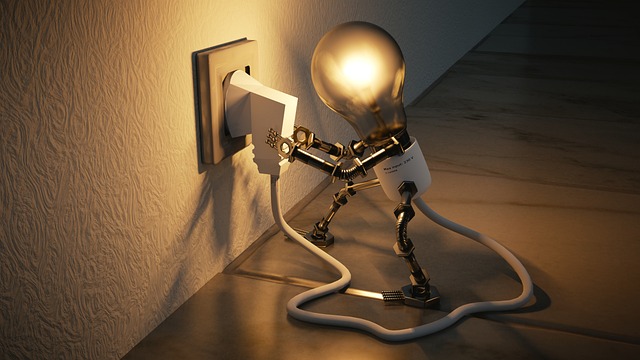
In today’s world, becoming green at home isn’t an option; it’s a duty. Homeowners, aware of the positive effects they may have on the environment and their own quality of life, are increasingly interested in eco-friendly alternatives. These seven green home renovation projects aren’t just good ideas; they’re necessary for you and future generations to ensure a brighter, more sustainable future for the planet.
1. Solar Power Integration: Harnessing Clean Energy
Accepting solar energy is a game-changer on the path to being more environmentally conscious. By installing solar panels on your roof, you may capture the sun’s energy and cut down on your use of fossil fuels. Solar power is a viable and long-term option since it is both cheap and plentiful. Today’s solar panels are very efficient, wasting very little of the energy they collect from the sun. You may earn credits and help meet the energy demands of your town by storing the extra energy you create in batteries or sending it back into the grid.
2. Energy-Efficient Windows and Insulation: Regulating Indoor Climate
The temperature and humidity inside your house depend greatly on factors like good insulation and energy-efficient windows. A constant interior temperature is maintained by having well-insulated walls, floors, and roofs that prevent heat from leaving in the winter and entering in the summer. Double or triple-paned windows are common among energy-efficient options, and their unique coatings significantly reduce heat loss or gain. Your furniture and floors will be safe from sun damage thanks to the UV protection provided by these windows. With the help of the internet it has become quite easier to find energy-efficient windows nearby, for instance, if you live in Denver a simple search on the internet for window replacement in Denver or energy-efficient windows in Denver can provide you with plenty of options to choose from.
3. Water Conservation Systems: Responsible Water Usage
To maintain an eco-friendly household, water conservation is essential. Rainwater harvesting and greywater recycling are two examples of methods you may put in place to save water. Gathering and storing rainwater for later use in plants, plumbing, and chores is known as rainwater harvesting. Reusing water from fixtures like showers and sinks as greywater helps save more precious freshwater supplies. To further cut down on water use, you may install low-flow sinks, tubs, and commodes.
4. Green Roof Installation: Enhancing Biodiversity and Insulation
A green roof, covered with plants, not only improves the visual appeal of a property but also has many positive effects on the environment. By managing inside temperatures naturally, green roofs save on energy costs for both heating and cooling. They have the ability to soak up precipitation, which reduces the likelihood of floods. In addition, green roofs increase biodiversity by serving as homes for a wide variety of insects, birds, and other organisms. Green roof plants may also serve as natural air filters, leading to better indoor air quality.
5. Smart Home Automation: Efficient Resource Management
Smart home automation combines cutting-edge gadgetry with eco-friendly practices to help you save water, energy, and other resources around the house. Smart thermostats may be programmed to your preferences and then automatically regulate heating and cooling systems to save money and reduce waste. To reduce energy consumption and keep lights on only when necessary, “smart lighting” systems make use of motion detectors and timers. Smart irrigation systems and leak detection sensors allow for precise management of water supply and thereby save waste. Energy-efficient smart appliances may be set to operate during cheaper off-peak hours, cutting costs even more.
6. Natural and Recycled Materials: Sustainable Renovations
Choose eco-friendly options like recycled content while redecorating your home. Repurposed materials such as wood, bamboo, cork, and metal are all viable choices. You can improve the look of your house while helping the environment by using reclaimed wood. Bamboo is a renewable resource that may be utilized for a variety of purposes, including but not limited to flooring, furniture, and even building materials. Cork is a great material for flooring and wall coverings since it is both eco-friendly and a natural insulator. Metals like aluminum and steel that have been recycled may be reused in a variety of applications, including roofing, siding, and structural components.
7. Outdoor Sustainable Landscaping: Green Gardens and Eco-Friendly Spaces
The eco-friendliness of your house may be improved by creating a sustainable outdoor sanctuary. Select low-maintenance native plants that have already acclimated to your area’s environment. Install gravel or permeable concrete to reduce runoff and recharge groundwater instead of using impermeable pavement options. Put in a composting area to recycle food scraps and a rain garden to collect and purify rainwater. You may reduce your energy bill and your impact on the environment by adding solar-powered outdoor lighting and water features.

Conclusion
Incorporating eco-friendly methods and tools into your house requires careful consideration. You can help the earth and improve your own and future generations’ health and sustainability by implementing these ideas. Keep in mind that being green with your house is more than simply a trend; it’s a statement about your values.


